G-FLEX
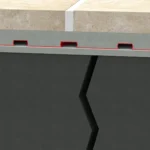
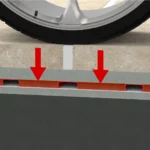
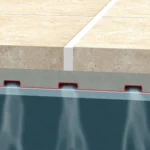

G-FLEX is a waterproof anti-fracture uncoupling membrane consisting of a polyethylene membrane bonded to geotextile sheet that leaves air nodules with the shape of circumferences between them. This improves the result of the of coating of ceramic tiles and indoors and outdoors natural stones. It is worth highlighting its effectiveness when installed on critical substrates; cracked, with a lot of movement or with possible vapor stresses due to residual humidity.
G-FLEX membrane also waterproofs any surface, whether old or new, damp or dry, cracked or subject to dimensional movement.
One of the main highlights of the G-FLEX membrane is that reduce on-site time, as the waterproofing and the laying of the coating are carried without waiting time, that it is to say, that the installation is immediately ready for use.
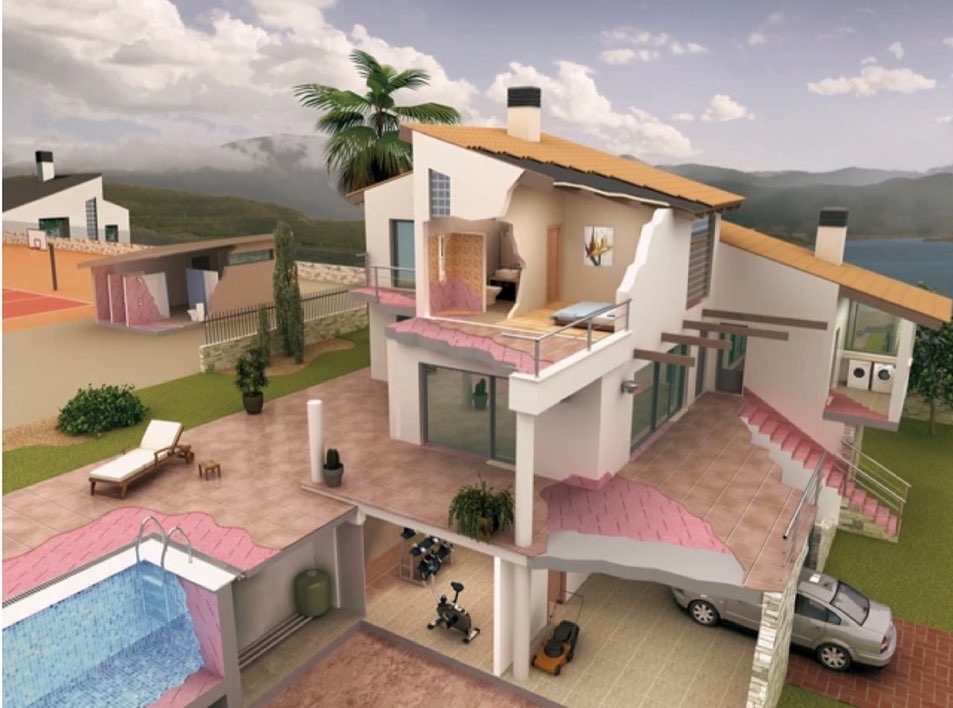
GURU G-FLEX Uncoupling Polyethylene Membrane is made up of raised circular patterns. The back of the sheet is covered by a geotextile sheet that acts as a waterproofing sheet. This uncoupling sheet compensates for the vapor pressure in the event that moisture appears on the support and causes the effect of uncoupling on cracked or highly moving substrates.
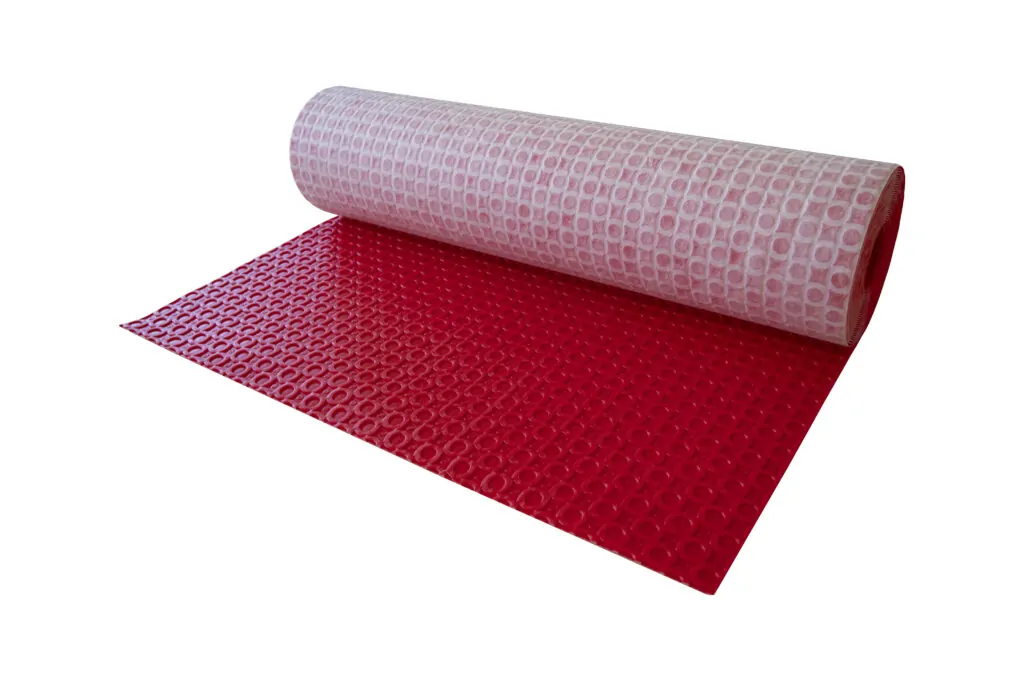
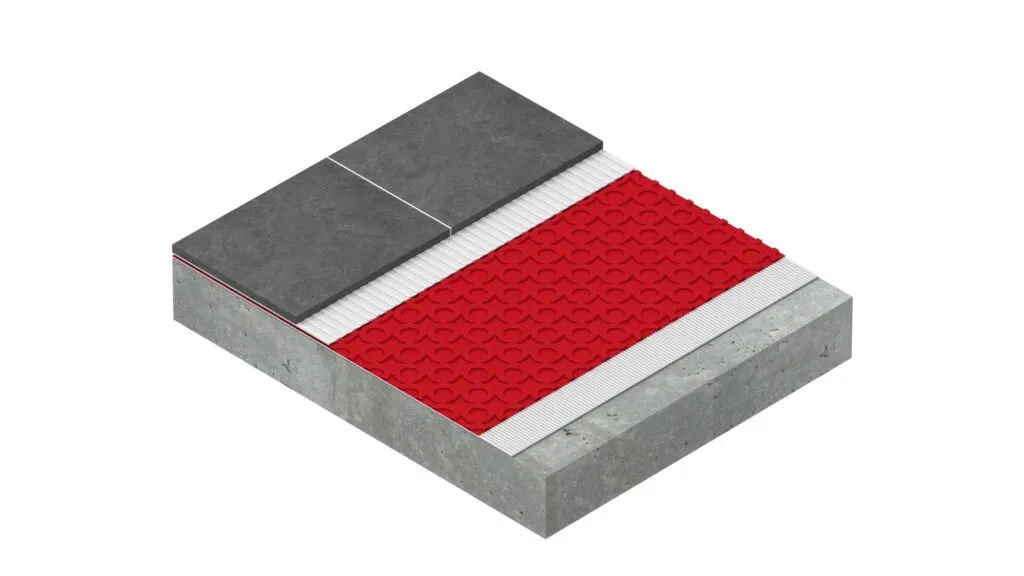
High decoupling




